In today’s fast-paced digital world, graphic design is everywhere, influencing how we perceive information, products, and brands. But amidst the dazzle of creativity and communication, have you ever paused to consider its impact on our environment? Surprisingly, graphic design plays a significant role in sustainability, and understanding What Do Consumers Want is crucial in shaping a more eco-conscious future. Let’s look at the Sustainability Stats for Designers and focus on areas of improvements.
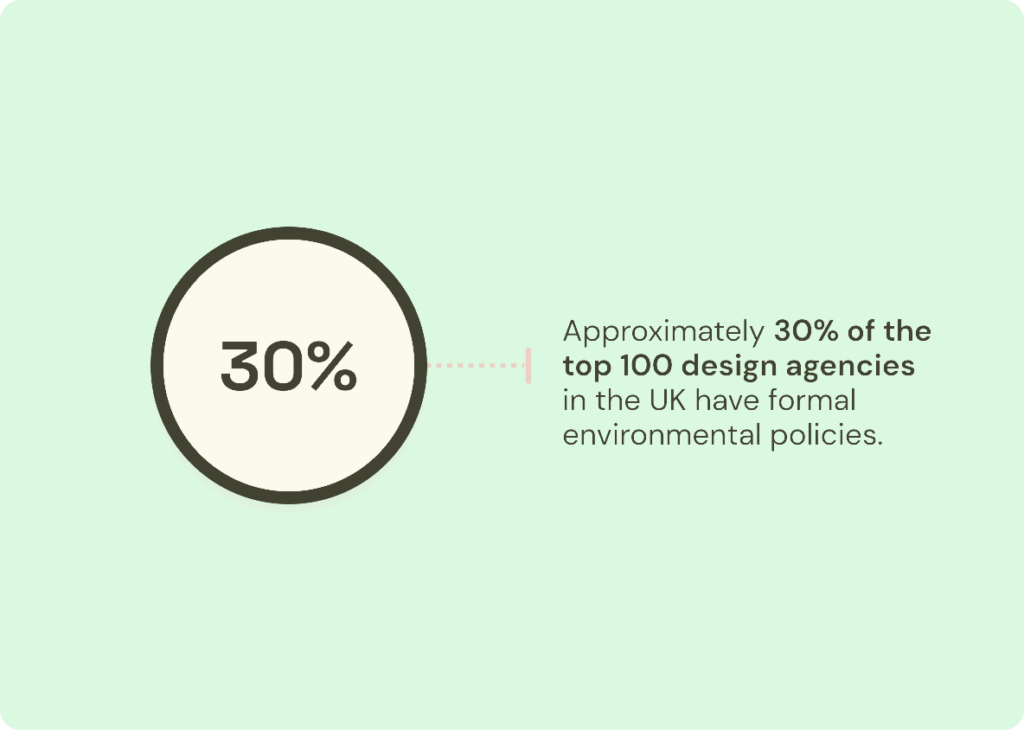
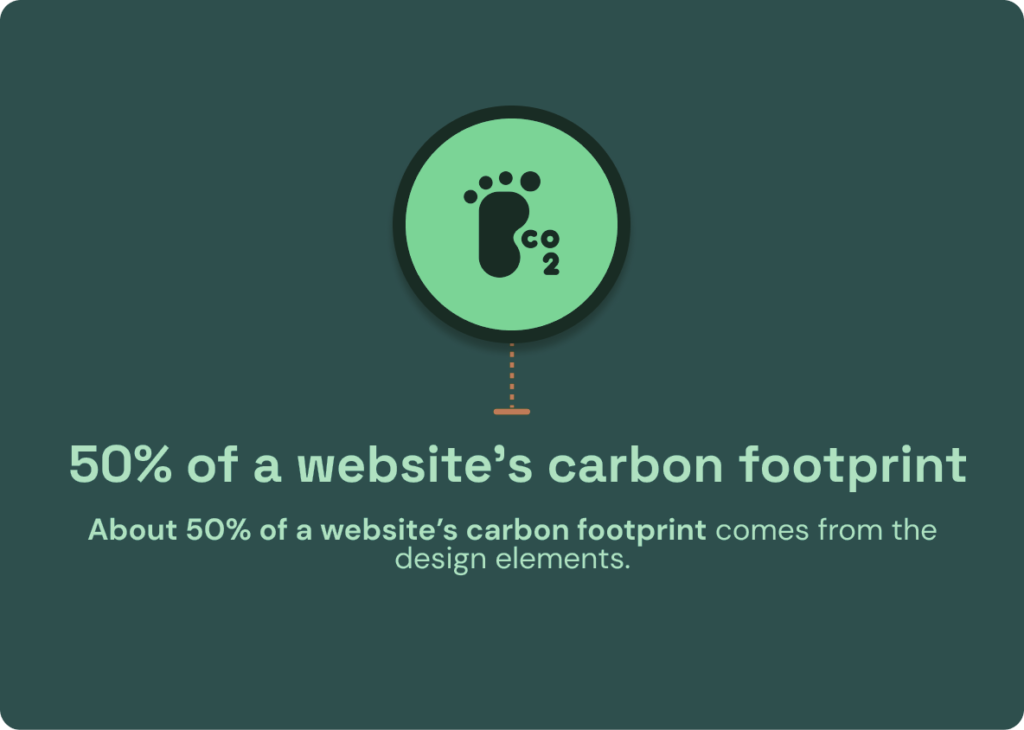
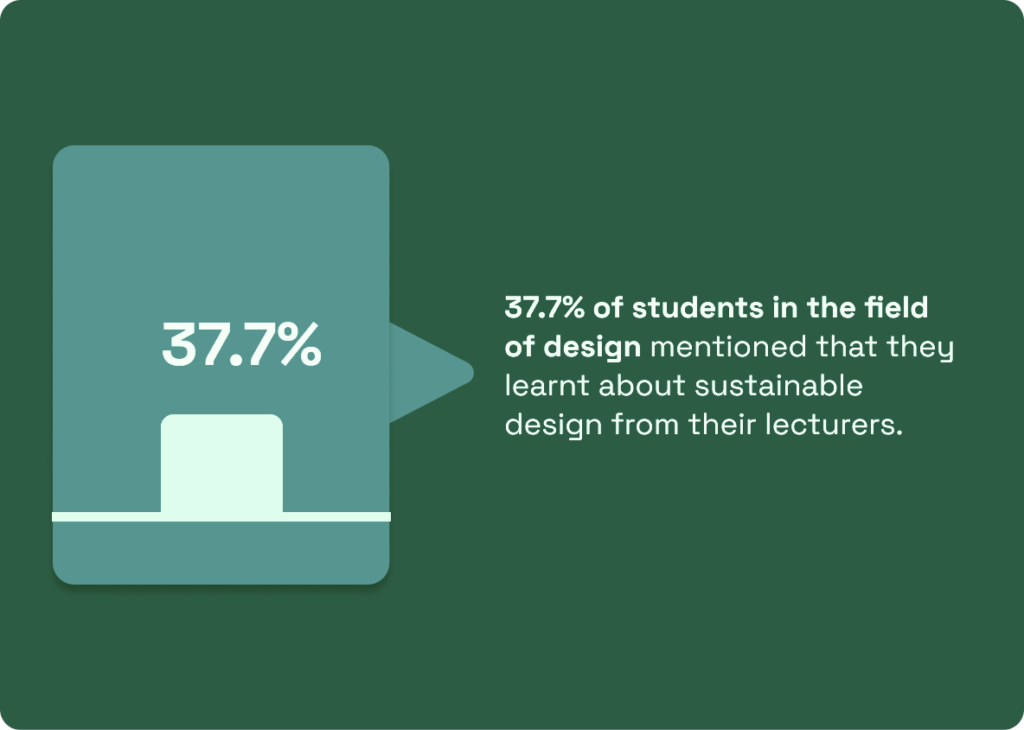
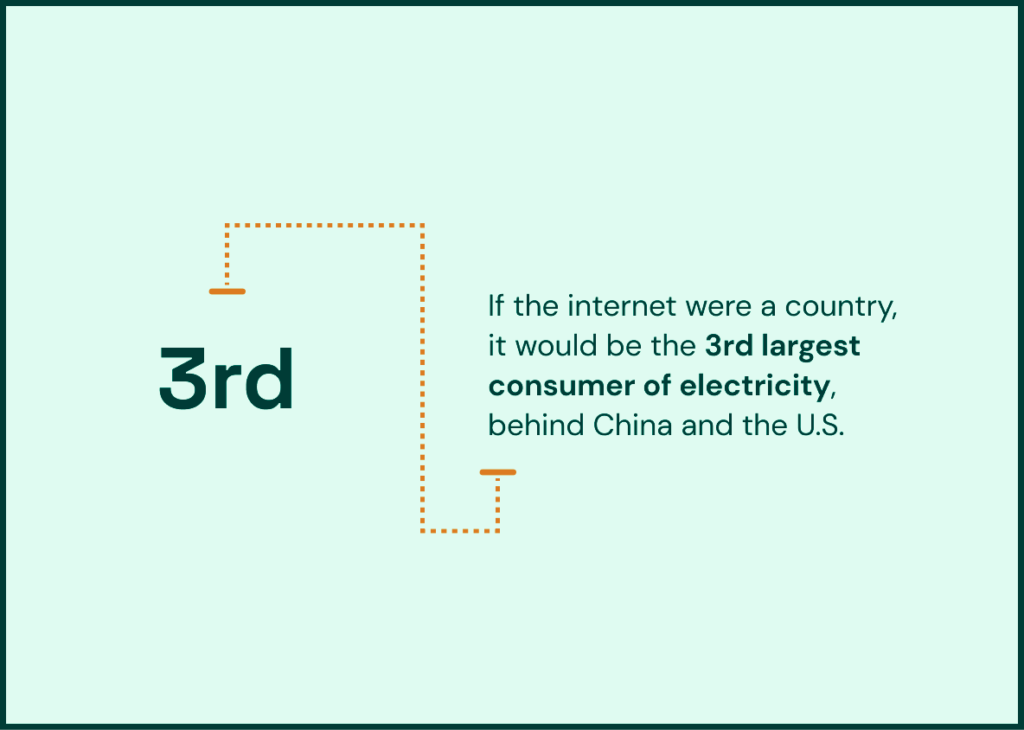
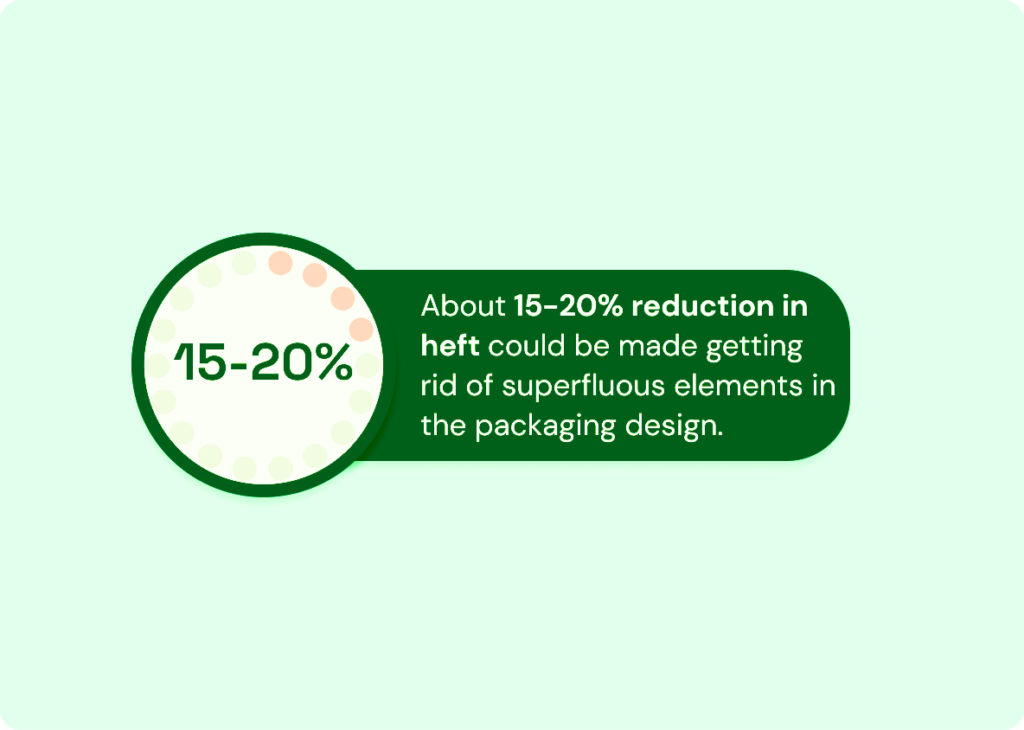
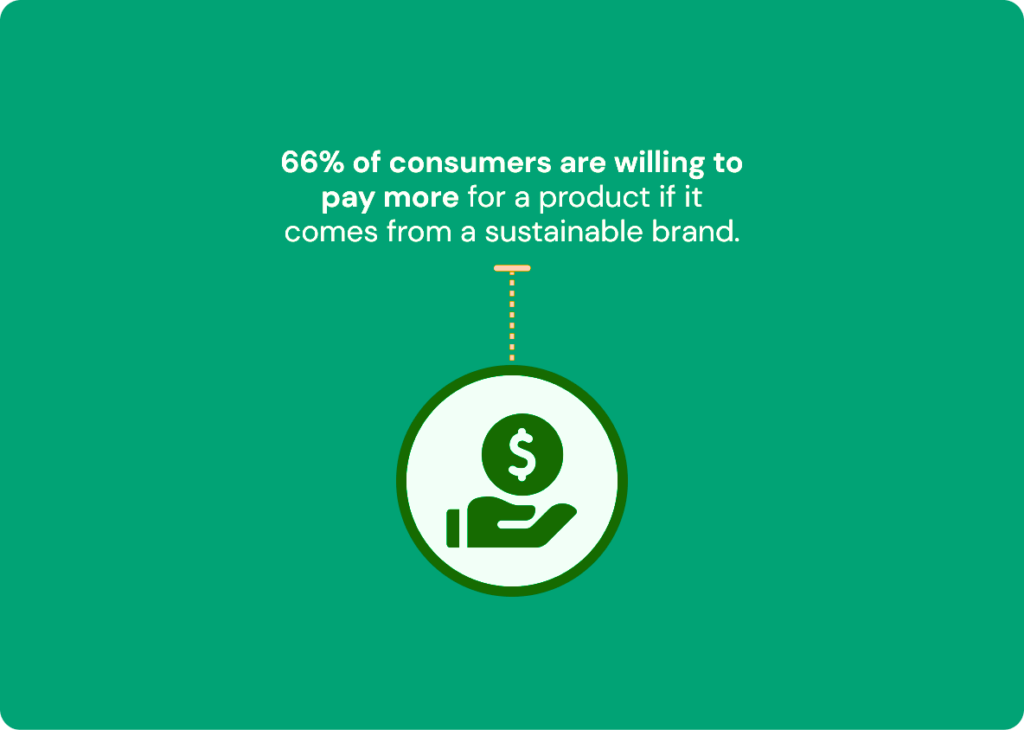
tap on image to expand
Key Highlights: Sustainability Stats for Designers
- Around 30% of the top 100 design agencies in the UK have formal environmental policies.
- Design elements contribute to about 50% of a website’s carbon footprint.
- Nearly 38% of design students learn about sustainable design from their lecturers.
- If the internet were a nation, it would rank as the third-largest consumer of electricity globally.
- Eliminating unnecessary elements in packaging design could reduce its weight by 15-20%.
- 66% of consumers are willing to pay extra for products from sustainable brands, according to a Nielsen survey.
So, let’s talk about Sustainability in Graphic Design Statistics. We’ll dive deep into how designers worldwide are going green, making a real difference in reducing carbon footprints. Get ready for a closer look at how graphic design and sustainability team up.
Here’s the Latest on Sustainability in Graphic Design:
Sustainability Stats for Designers in 2024
- About 30% of the top 100 design agencies in the UK have green policies. That’s a good chunk of leading design firms committed to being eco-friendly. They’re setting the pace for the whole industry by making green policies official.
- Design elements on websites make up around 50% of their carbon footprint. Yep, every little design choice affects the planet. It’s not just about making things look good anymore. It’s about being mindful of the environment with every pixel and stroke.
- Almost 38% of design students learn about sustainable design from their teachers. Teachers are shaping the future of design by instilling eco-friendly principles in their students. It’s a big deal because it sets the stage for a more sustainable design industry down the road.
- If the internet were a country, it’d be the third-largest electricity consumer. Think about it like this: if the internet were a physical place, it would use up a ton of power. From data centers to servers, it’s a huge energy drain. And all that digital design work adds to it.
- Just by cutting out unnecessary stuff in packaging design, we could reduce weight by 15-20%. That might not sound like much, but it adds up. Less weight means fewer resources used, less waste, and lower carbon emissions. It’s a win-win for the planet.
- 66% of consumers are willing to pay more for products from sustainable brands. People care about sustainability, and they’re willing to put their money where their values are. So, if a brand shows it’s eco-friendly through design, it can attract more customers and build loyalty.
In conclusion, the importance of sustainability in graphic design cannot be overstated. These statistics reveal a paradigm shift towards environmental consciousness within the industry—a shift that demands action and innovation from designers. By embracing sustainable practices, designers not only contribute to mitigating environmental impact but also enhance the value of their work and bolster brand reputation. As the future of graphic design unfolds, sustainability will undoubtedly remain at its core, shaping both creative endeavors and consumer preferences.
References:
References
- – https://designweek.co.uk
- – https://link.springer.com
- – https://wholesome.io
- – https://pentawards.com
- – https://entrepreneur.com
- – https://nielsen.com
- – https://zipdo.co/




